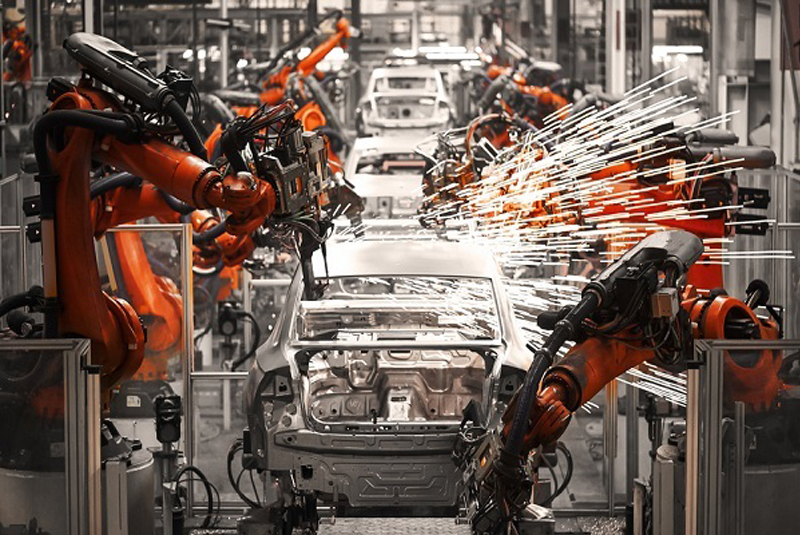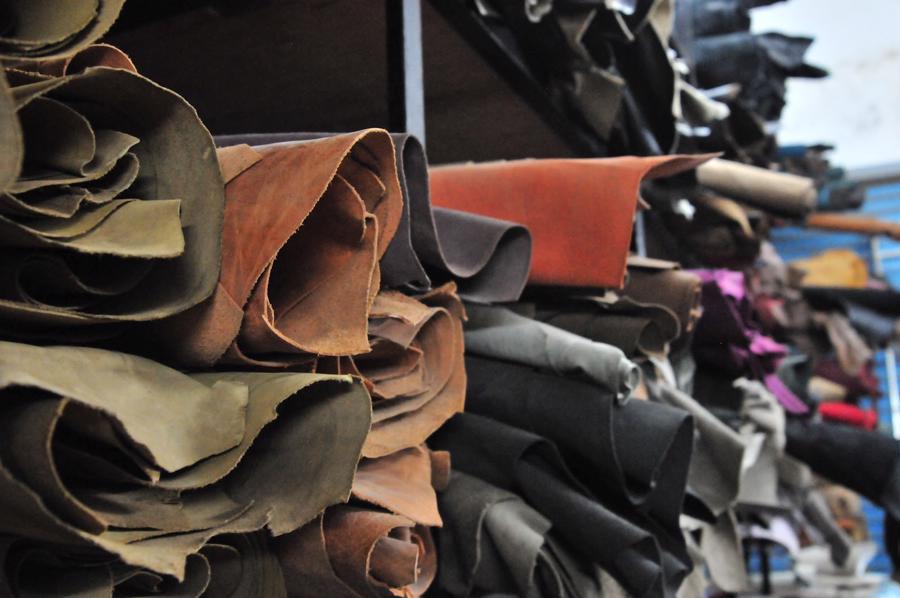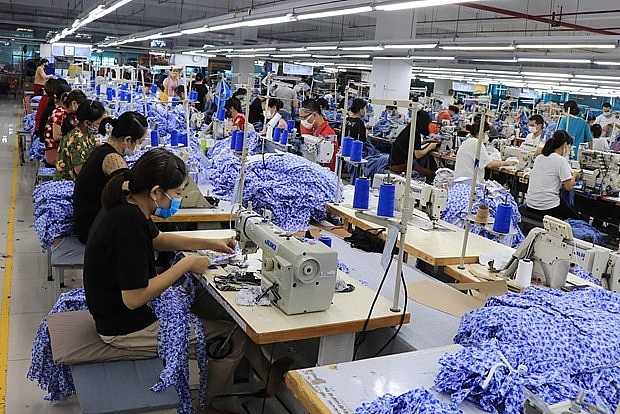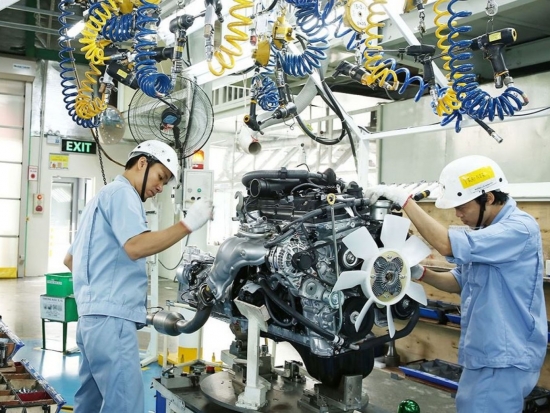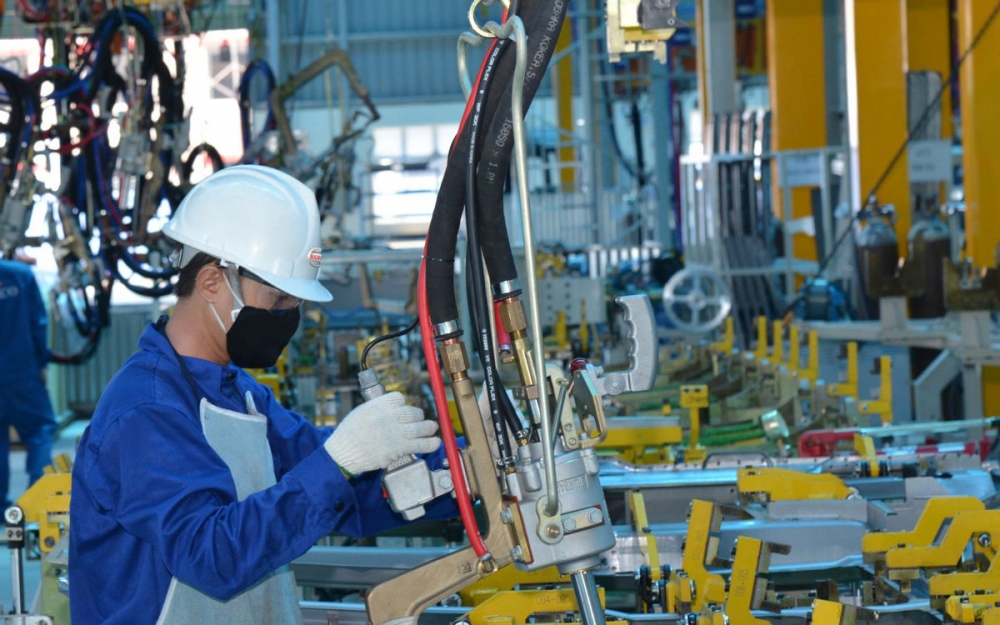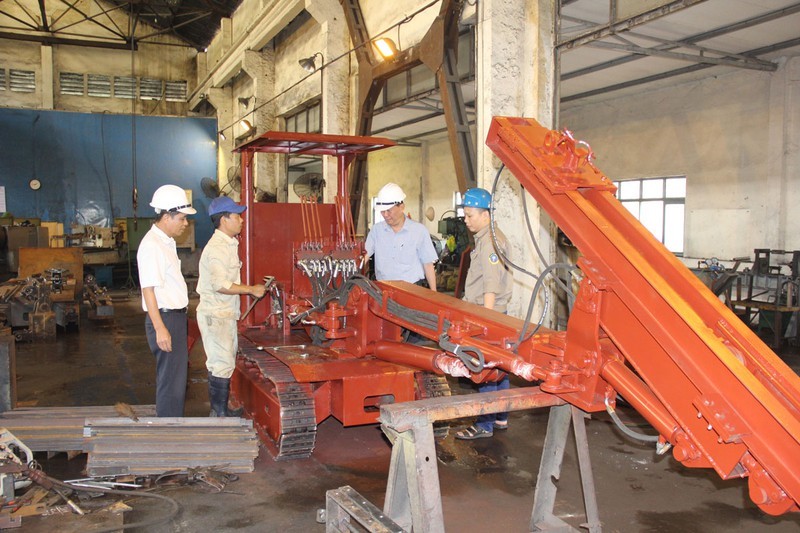Businesses worry about cutting off the supply of raw materials
06/05/2022The wave of re-epidemic outbreaks in China caused certain difficulties in the electronics manufacturing, machine assembly, leather and footwear, and textile industries. These enterprises are currently facing the risk of a shortage of raw materials for production, stalled orders…
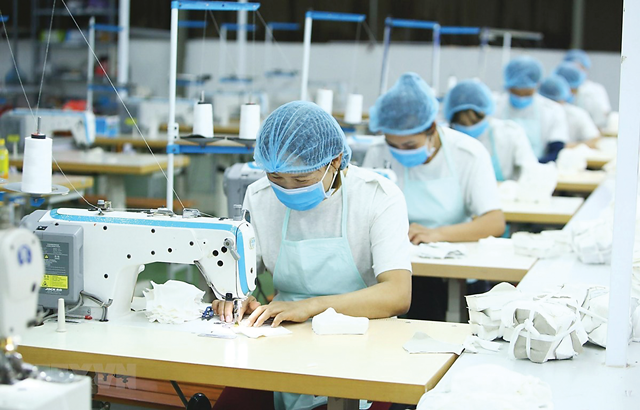
The shortage of raw materials and accessories due to the congestion of world ports as well as the outbreak of the epidemic in China has made it difficult for industries, from car manufacturers to technology companies. Factories and warehouses are shut down, truck deliveries are slow, there’s a shortage of container trucks, and China’s strict rules to fight the epidemic make Vietnamese businesses heavily dependent on this market. experiencing disruptions in both export and import of raw materials.
NO SMALL IMPACTS
“Serious effects”, that is emphasized by Ms. Phan Thi Thanh Xuan, Vice President and General Secretary of the Vietnam Leather, Footwear and Handbag Association (Lefaso), when talking about the shortage of raw materials. manufactured from China. “The Chinese side said that there is a shortage of empty containers to ship goods, plus the supply is scarce due to the factory shutdown because of Covid-19. There are no raw materials for production, so the delivery progress of enterprises is being slowed down,” explained Ms. Xuan.
And Ms. Ton Nu Cat Ngoc, CEO of T.Y Company (HCMC), said that now garment businesses are seeing an increase in orders because some buyers gradually shift orders from China to other countries in the region. Southeast Asia, including Vietnam, but not without worries. “China is a large import market for all kinds of raw materials and accessories for the export textile and garment industry. They stopped production to fight Covid-19, meaning that the global supply chain continued to be disrupted. If we can find another source of goods to buy, the input unit price is also much higher, so the profit does not compensate for the effort.”
Specializing in garment processing for large markets, Dap Cau Garment Joint Stock Corporation imports up to 80% of raw materials and accessories from China as specified by customers. Mr. Nguyen Duc Thang, Director of the Company, said that many raw materials go from ports in Shanghai, so this whole month has been very slow or not returned. “With orders that do not have enough materials, we are renegotiating the delivery time, but we cannot delay too much, businesses will have to face many payment risks,” Thang said.

There are no raw materials for production, so the delivery progress of enterprises is being slowed down.
Not only the leather, footwear or textile industry, but also companies in the supporting industry sector are also affected. Metect Joint Stock Company (Hung Yen) currently has an order of special stainless steel imported from China that has been delayed for half a month. The reason is that the supplier of raw materials and accessories announced that the factory is temporarily suspending operations to prevent epidemics. Meanwhile, most of the company’s orders have been advanced, so it is difficult to change suppliers in a short time. “If raw materials cannot be imported for production, the company’s orders will not be delivered on time, customers can cancel the contract,” said Metect’s leader.
China is our largest import market with the turnover in 2021 recorded at 109.9 billion USD. This is also a large supply market for input materials for Vietnam’s production, especially for electronic components, machinery parts, fabrics and chemicals.
Representatives of businesses in the rubber – plastic industry said that depending on the supply of raw materials from China not only affects Vietnamese businesses but almost globally, because China is still a supplier of raw materials for production. largest industry today. If forced to change the supply, then switching to import from the US or Europe is also possible, but then the price will be much higher and must be agreed by the order. This makes it difficult for businesses to resume production.
Meanwhile, Mr. Tran Van Hao, Director of Thai Viet Trung Transport Joint Stock Company, an enterprise specializing in transporting materials for large electronic corporations in Vietnam, said that due to the interruption of road transport, Customs clearance at border gates faces difficulties, so at times to meet production needs, some FDI enterprises in Vietnam had to hire many private flights to transport components and equipment. “This makes businesses greatly increase costs, while transport businesses like us have a serious lack of jobs,” said Mr. Hao.
PROACTIVELY ADAPTING WITH THE RIGHT STRATEGY
Many businesses admit that China is still the main source of raw materials and accessories for some industries in Vietnam, so businesses both import for production and export to other markets. . Besides, according to the majority of businesses, the replacement of the supply of raw materials originating from Thailand and Korea instead of imports from China has also been considered by businesses, “but only the Only big brands can do this because the cost will increase,” said a business representative.
According to the Ministry of Industry and Trade, China is an important market for both export and import activities of our country. According to statistics in 2021, Vietnam’s exports to China will reach 56 billion USD and China is Vietnam’s second largest export market after the US. Regarding imports, this is our largest import market with the turnover in 2021 recorded at 109.9 billion USD. Especially, this is also a large supply market for input materials for Vietnam’s production, especially for electronic components, machinery parts, fabrics and chemicals.
The slow delivery of goods has greatly affected the import and export activities of the business community, disrupting production activities of enterprises. The Ministry of Industry and Trade said that in the coming time, the Ministry will continue to strengthen information work, support associations and businesses to update changes in policies on import and export activities, build information focal points. remove difficulties and obstacles in import and export activities of Vietnamese enterprises.
A representative of the Department of Industry (Ministry of Industry and Trade) also asked associations and businesses to carefully evaluate and review the impacts of China’s application of blockade measures because of Covid-19. At the same time, because the policy of your country is “Zero Covid”, domestic enterprises need to actively adapt to have an appropriate strategy.
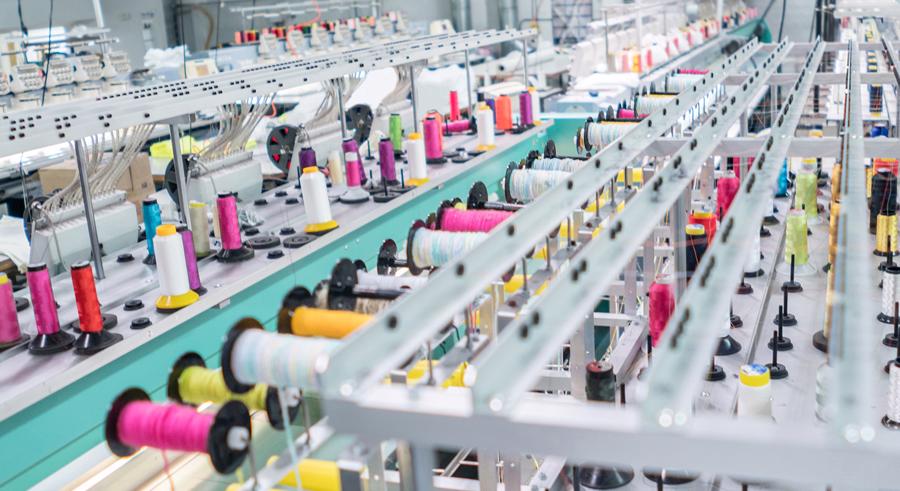
China is a large import market for all kinds of raw materials for export textile and garment industry.
In addition to supporting market information and connecting supply and demand, the Ministry of Industry and Trade will strengthen the expansion of new markets to help businesses avoid depending on one market in both import and export directions. In particular, it will effectively take advantage of the advantages and commitments in the FTAs that Vietnam has joined.
For businesses, in the short term, they have to hold back production, keep customers, and ensure the delivery schedule. Some businesses are also focusing on investing in research and development of raw materials for production, improving their initiative in order to reduce dependence on imported raw materials.
In the above context, many experts recommend that Vietnamese businesses need to diversify markets for importing raw materials and exporting goods to avoid dependence. In addition, there should be more policies to develop supporting industries in the domestic market to gradually become self-sufficient in raw materials. This is the core issue for sustainable industrial development in Vietnam.
By Vneconomy
Must Read

2023 PARTICIPANT LIST


[Seminar] INDUSTRIAL METROLOGY


MTA Vietnam 2022 Webinar


ADB is optimistic about Vietnam’s economy


MTA Vietnam 2021 x Bystronic Webinar


CONFERENCE SERIES


ONLINE BUSINESS MATCHING PROGRAMMES
You may be interested in




REPORT ON THE PRODUCTION AND BUSINESS TRENDS OF THE PROCESSING, MANUFACTURING INDUSTRIES IN THE FIRST QUARTER OF 2024 AND FORECAST FOR THE SECOND QUARTER OF 2024


Industrial production in the first two months of the year increased by 5.7% compared to the same period


Việt Nam có thể trở thành ‘con rồng AI’


Vietnam is ready to welcome the wave of investment in smart manufacturing chains.


Humanoid robot converses with OpenAI language AI


Boeing supplier greenlighted to build $20M plant in Vietnam
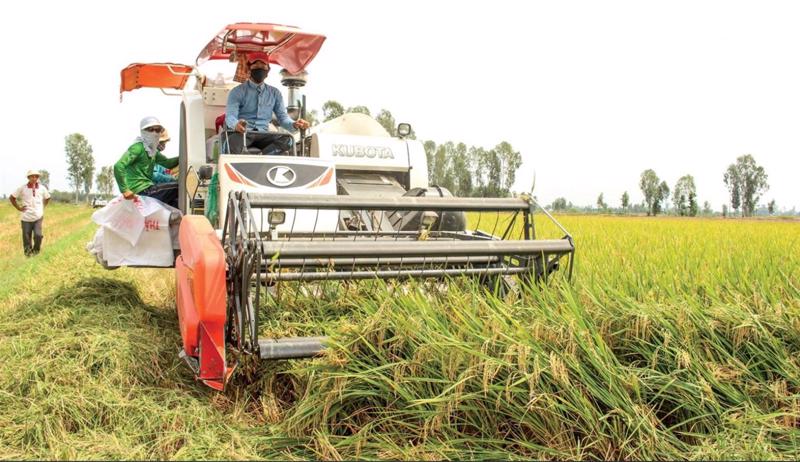

Vietnam is a potential market for companies engaged in the manufacturing of agricultural machinery and equipment


‘The Giant’ Goertek is expected to invest over 6,800 billion VND in Vietnam to expand production. Which locality will be chosen?









